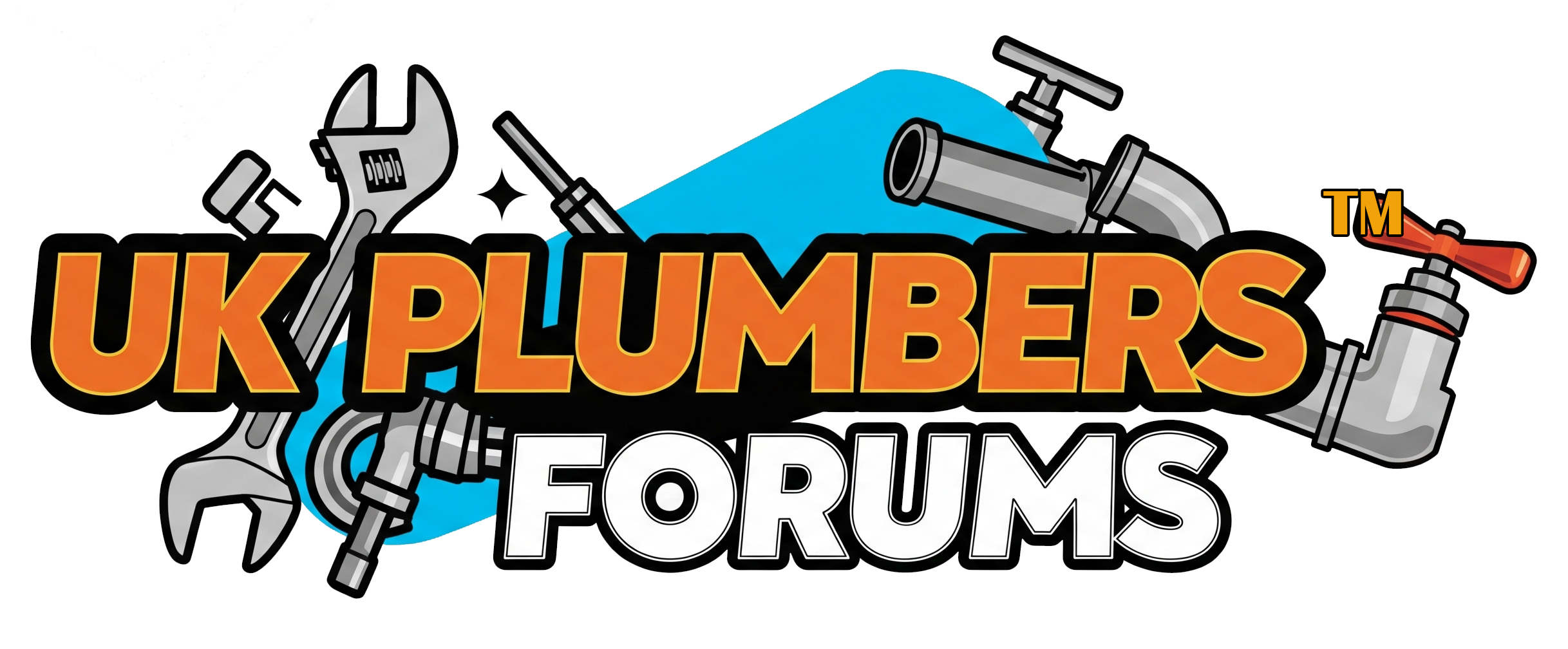N
Nik
 Hi
HiI have always replaced the cistern valve myself. Usually use a torbeck valve. It has always been straight forward and quick.
We have a compression elbow joint isolator (15 mm 1/2) just beneath the inlet hole in the cistern. Just enough space to accommodate the screw portion of the inlet valve.
Recently, had a sanislim fitted to replace an oldr sani pump T12. Plumber did not disconnect CISTERN from inlet pipe and pushed sanislim tight against inlet pipe for cistern, by jiggling the toilet and cistern.
Inlet valve then would not stop flowing. He refused to accept responsibility as he did not disconnect or touch the inlet valve. Not a problem.
I purchased a new fluid master inlet valve. Fitting sizes are the same. The compression joint with isolator also needed replacing, which I purchased and replaced.
Everything should have been as before.
I am know unable to connect the inlet valve to the compression joint, as there is a 5/8 inch gap inside the cistern, where the rubber washer should connect with the bottom of the cistern. Therefore the washer is not plugging the gap between the lip on the bottom of the inlet valve and the bottom of the cistern.
Either the toilet and cistern is now sitting lower than before, or the inlet pipe is sitting higher than before.
Unless I apply significant pressure to the inlet valve, it will not sit as it should. Allowing for the washer to do its job.
Other than cutting the inlet pipe to fit a flexible compression hose with isolation valve, I am lost as to how to get around this issue.
There does not appear to be enough room to fit a flexible hose, even if I were to remove the elbow compression joint? The flexible hoses I have seen do not appear to be that flexible?
Can I use a washer which is thicker?
Use two or three washers to make up the difference?
Raise the toilet and cistern by 5/8 inch?
Or can I apply enough pressure to the inlet pipe to force it to move 5/8 inch?
Any thoughts would be gratefully appreciated.
Last edited by a moderator:


